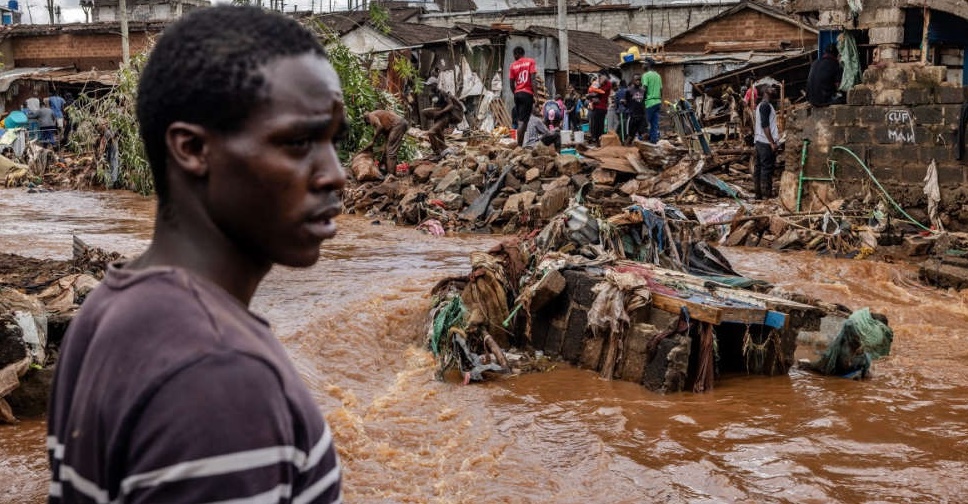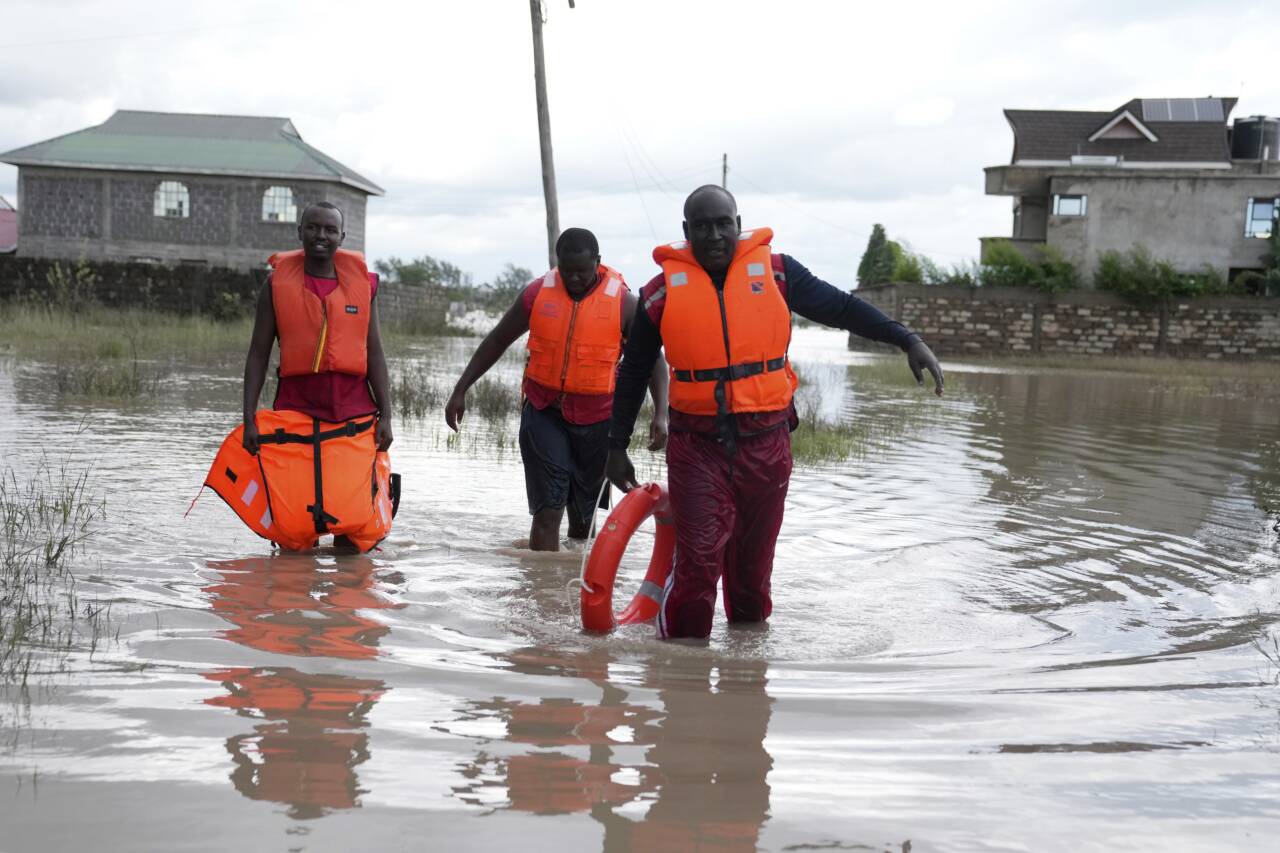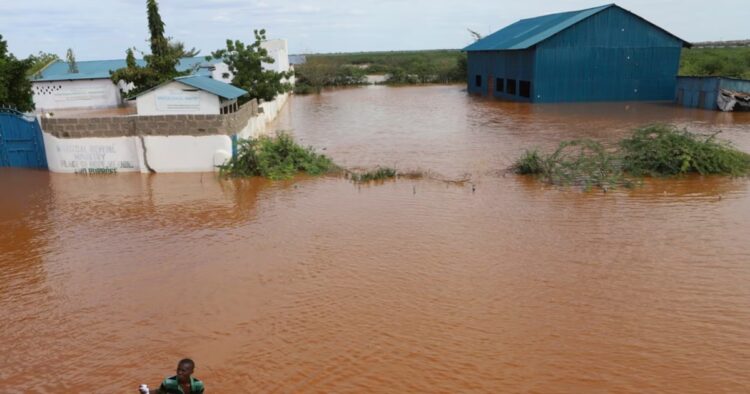At least 42 people lost their lives in central Kenya’s Mai Mahiu area due to devastating floods after a dam broke early on Monday morning. Police fear that the death toll could rise as rescue efforts continue. Among the victims are 17 minors, highlighting the tragic toll of the disaster.
Images shared on various Kenyan media platforms, including those of Kenya Red Cross and highway authorities, depict scenes of destruction caused by the flooding. Broken trees, debris, and at least one submerged car paint a grim picture of the aftermath.




According to Naivasha police commander Stephen Kirui, recovery efforts have already accounted for 42 bodies. The incident occurred in the Kijabe area, triggering swift response operations. Rescue teams are tirelessly working to locate any survivors and bring closure to affected families.
Prior to this incident, heavy rains had already claimed over 140 lives in Kenya. Government reports indicate that 103 people had been killed and over 185,000 displaced by floods before the Mai Mahiu disaster. The situation underscores the urgent need for improved disaster preparedness and mitigation measures.
Another unfortunate incident, the Kenya Red Cross reported the retrieval of two bodies after a boat capsized in the Tana River, Garissa County, on Sunday night. While 23 individuals were rescued, the loss of life highlights the widespread impact of the ongoing flooding across the country.
This devastation incident isn’t limited to Kenya alone, other East African countries, including Tanzania and Burundi, have also experienced significant casualties and displacement due to intense downpours.
Infrastructure such as roads and bridges has suffered extensive damage, exacerbating the humanitarian crisis.
In Nairobi, the capital city, flooding disrupted normal life as a road underpass at the international airport was submerged. Despite this, flights continued to operate without interruption, according to the Kenya Airports Authority. However, concerns loom over the potential overflow of hydroelectric dams, posing a looming threat downstream.
The recent spate of floods adds to the woes of East Africa, which endured record-breaking inundations during the previous rainy season in late 2023. Scientists attribute these extreme weather events to climate change, emphasizing the urgent need for coordinated efforts to mitigate its effects.
Responding to the dire situation, Kenya’s education ministry has postponed the start of the new school term by one week. Citing severe damage to school infrastructure and the safety of students and staff, the ministry deemed it necessary to delay the reopening.
This decision reflects the gravity of the situation and prioritizes the well-being of the educational community amid the ongoing crisis.

















Comments